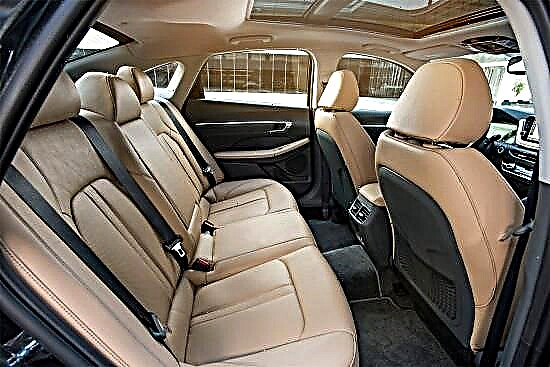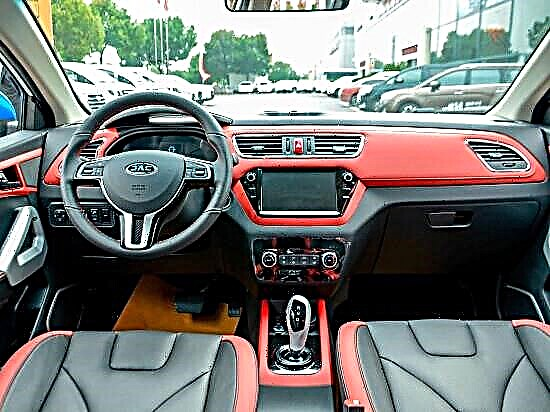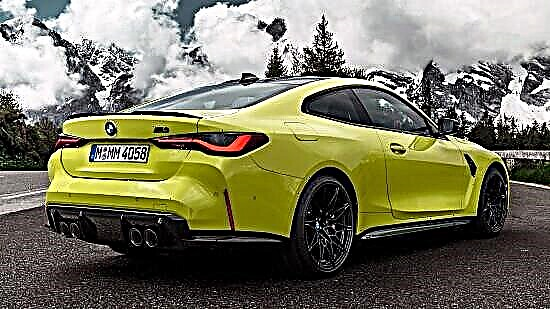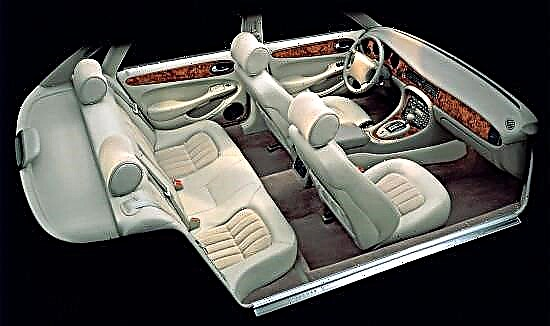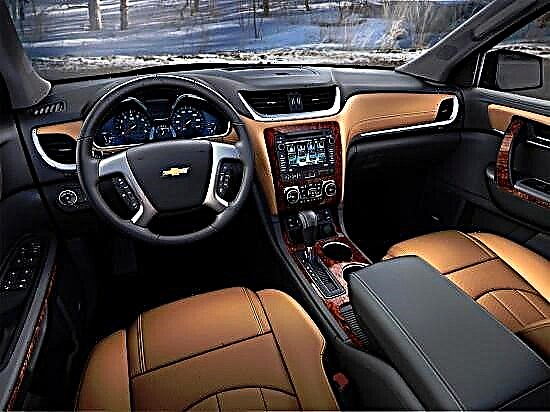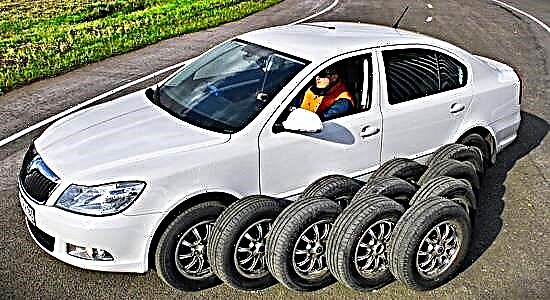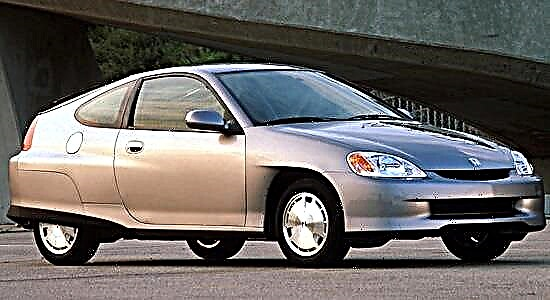The first generation of the Honda Insight hybrid car appeared before a wide audience in September 1999 in Japan and went on sale in November, but its concept version, called the J-VX, debuted back in the fall of 1997 at the Tokyo Auto Show.

The hatchback lasted on the conveyor until 2006, but was in modest demand - in just over six years of production, it sold only 17,020 units.

"Insight" of the original generation is a three-door B-class hatchback with a two-seater cabin layout, which has the following external dimensions: 3945 mm in length, 1355 mm in height and 1695 mm in width.

The distance between the wheelsets of the car extends to 2400 mm, and the ground clearance is 150 mm. In "combat" form, the "Japanese" weighs from 838 to 891 kg, depending on the modification.
Under the hood of the "first" Honda Insight is a 1.0-liter direct injection three-cylinder petrol engine with swirl-chamber pistons and variable valve timing, generating 68 horsepower at 5700 rpm and 91 Nm of peak thrust at 4800 rpm. It is aided by a 13.6-horsepower electric motor-generator that produces 40 Nm of torque, which is connected to a nickel-metal-hybrid battery pack via a control controller. The entire power reserve is delivered to the wheels of the front axle using the "mechanics" for five gears.

At the heart of the first incarnation of the Honda Insight is a front-wheel drive "bogie", familiar from other compact models of the brand, on which, in addition to a hybrid power unit, a body made of aluminum alloys is installed. The car is equipped with independent front and semi-independent rear suspensions (McPherson struts and an elastic beam, respectively). The hatch has disc brakes at the front and drum at the rear (by default with ABS), and the steering complex is rack and pinion with an electric booster.
The advantages of the "Insight" of the original generation are: pretentious appearance, low fuel consumption, modern technology, good equipment, excellent maneuverability, energy-intensive suspension, high reliability, high-quality assembly and much more.
Among its shortcomings are: just a two-seat layout, poor visibility, a low level of practicality and possible problems with maintenance (especially important in Russia).

